Silo Geometries
Model Silos
Two physical models have been built to represent scaled versions of future models which will be generated using ABAQUS CAE. Most industrial silos are cylindrical but the use of an elliptical rather than a cylindrical cross-section may be useful in certain situations were space dictated shape or orientation. The theory involved can be applied to other design situations involving shells which may be of particular interest to, for example, the airline industry.
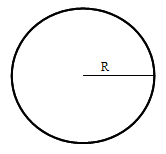 |
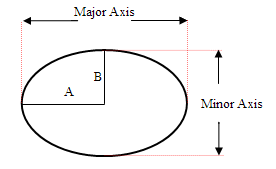 |
| A cylindrical model silo | An elliptical model silo |
| R = 100mm Circumference = 628mm Area = 31400mm2 |
A = 125mm B = 80mm Circumference = 650mm Area = 31400 mm2 |
Fig. 4
Transition Zone top Δ
The transition zone between the silo barrel and the hopper represents a conic section, where a plane intersects a cone. This section must match the cross-section of the silo barrel. Therefore, if the silo has a cylindrical barrel the transition section will be a circle and if the silo is elliptical the transition section will be an ellipse.
In the following conic sketches which represent possible hopper shapes, the base represents the transition zone of the silo.
Right Circular Cone
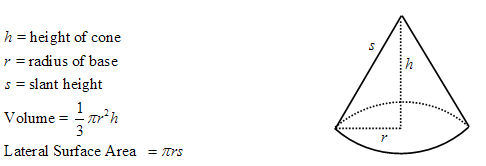
Fig. 5 - A right circular cone with a circular base
Right Cone
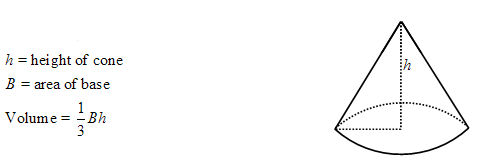
Fig. 6 - A right cone always has its apex directly above the centre of its base. The base can be a circle or an ellipse
Oblique Cone
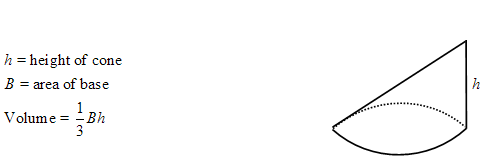
Fig. 7 - An oblique cone has its apex eccentric to the centre of its base which can be circular or elliptical
The conical sections for the hopper are formed at the transition zone, a horizontal plane which intersects the cone
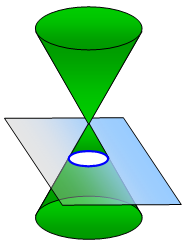 |
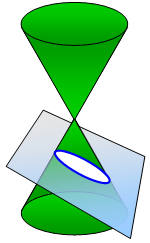 |
| Circle | Ellipse |
One can produce an ellipse or a circle simply by changing the angle and location of intersection.
The numerical analysis will develop the pros and cons of cylindrical versus elliptical silos and highlight the required necessary precautions from a design perspective.
top Δ